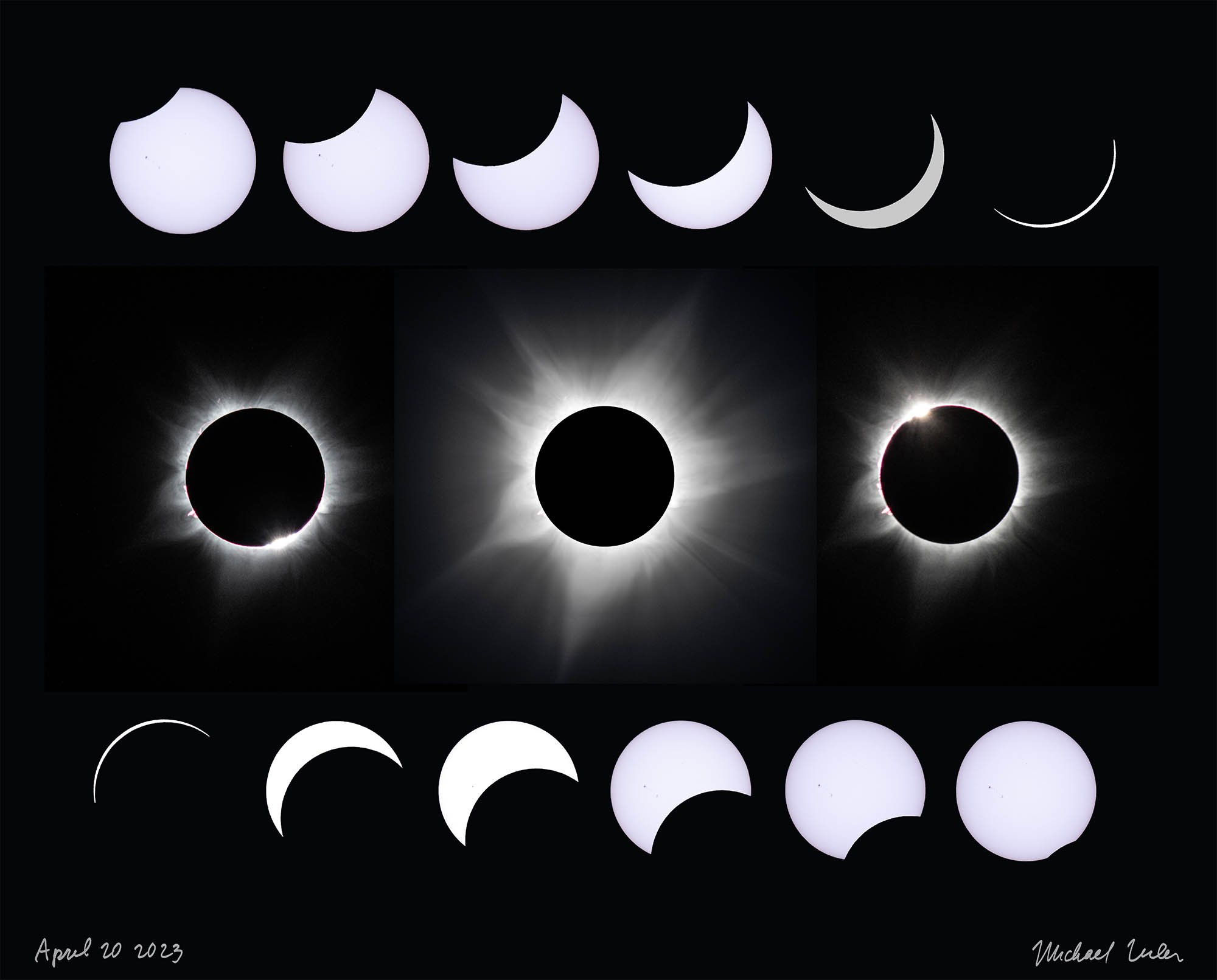On April 8, a total solar eclipse will traverse the sky over North America, making the moon appear exceptionally enormous in its new phase.
On April 8, a total solar eclipse will traverse the sky over North America, making the moon appear exceptionally enormous in its new phase. The moon will be able to obscure the sun’s disk due to its limited path of totality.
Solar eclipses can be classified into three categories: annular, partial, and total solar eclipse. Total solar eclipse occurs when the moon comes closer to the sun and covers its entire disk, while the annular solar eclipse takes place when the sun appears as a ring of fire, and the moon merely obscures a portion of the solar disk.
During the partial solar eclipse, the sun, moon, and Earth are not precisely lined up. It occurs at the start and completion of total and annular eclipses. While NASA has launched an interactive map of the total solar eclipse, location will not be the only element influencing the look of the solar eclipse on April 8, which is set to pass through 5 different stages.
All the five stages of the total solar eclipse explained
Stage 1: During the first stage, a partial solar eclipse will commence when the moon crosses in front of the sun, making it look like that a piece has taken out of its luminous face due to the moon’s darker lunar disk.
Some observers of the total solar eclipse might observe lengthy, dark, swiftly moving bands on the ground or the sides of buildings known as “shadow bands” during the initial phase of the eclipse. Bailey’s beads, which are the result of light passing through the moon’s horizon’s valleys, may also be seen near the margins of the moon. The partial eclipse will first appear in Hawaii’s Pu‘uali‘i at 6:27 a.m.
Stage 2: The first contact will last for about 80 minutes and the second stage will start after a “diamond ring”, will be observed at the edge of the moon. At 9:51 a.m. local time, the total solar eclipse will be seen in Mazatlán, Sinaloa, Mexico.
Stage 3: During stage 3, the moon will fully enclose the solar disk and the corona can be observed as white streamers near the moon’s edge. Stars and planets that are generally invisible from North America during the day may become visible in the darkening sky as a result of the totality. Florentino Ramos Colonia in Texas will be the first place in the United States to witness totality at 1:27 p.m. local time. In the US, the totality will last for a total of 67 minutes and 58 seconds.
Stage 4: The moon will begin to move away from the sun’s disk during the fourth stage of the total solar eclipse, known as third contact, which will terminate totality and begin the second partial eclipse period. This stage mirrors the second contact stage, giving skywatchers another opportunity to see Baily’s Beads at the moon’s edge, as well as shadow bands on the surrounding buildings. The total solar eclipse will conclude around 5:16 p.m. local time on the Atlantic coast.
Stage 5: Total solar eclipse will come to its final stage when the moon will move away from the sun’s disk and it will not be able to obscure the sun.
The next total solar eclipse that American skywatchers will be able to witness will take place on March 30, 2033.






